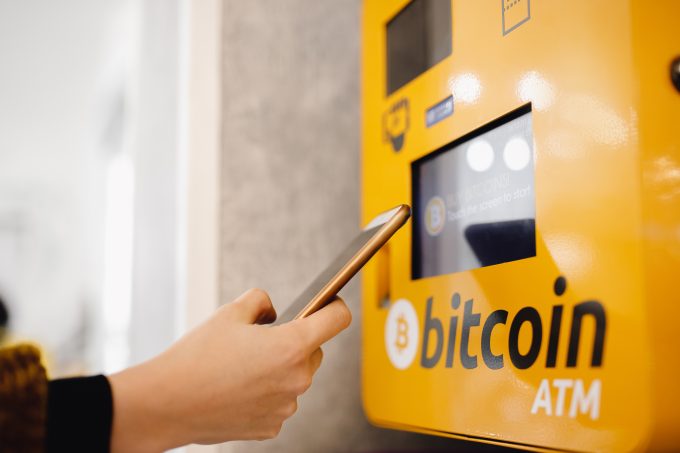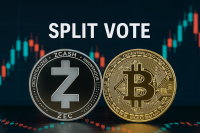A dormant Cardano wallet has resurfaced only to suffer one of the largest single-trade losses in the ecosystem this year, vaporizing more than $6 million in value after executing a massive swap into an illiquid stablecoin pool.
Blockchain data shows the wallet inactive since September 2020 suddenly reawakened on Sunday and swapped 14.4 million ADA (≈$6.9 million) into 847,695 USDA, a relatively obscure Cardano-native dollar stablecoin with a modest $10.6 million market cap. The conversion implies the trader paid over $8 per USDA, more than eight times the token’s intended $1 peg.
The event was first highlighted by prominent on-chain investigator ZachXBT, who flagged the extreme slippage in their Telegram channel.
A Stablecoin Spike With No Fundamentals Behind It
The oversized order instantly distorted USDA’s price on decentralized exchanges. With limited liquidity on-chain, the order pushed USDA to $1.26, according to CoinGecko data a brief, liquidity-driven surge that faded once the swap cleared.
Prices later normalized near $1.04, but the damage for the whale was already done. The transaction effectively erased $6.05 million, representing one of the worst-known execution errors on Cardano to date.
USDA’s limited liquidity explains the outcome. Despite its dollar peg, the token trades infrequently, and its pools often hold shallow reserves, making them vulnerable to even moderate-sized market orders. A multi-million dollar swap overwhelmed available depth almost instantly.
Misclick, Mistaken Token, or Automated Routing Failure?
The wallet had never interacted with USDA previously, leaving analysts speculating about the cause:
-
Incorrect ticker recognition: Cardano hosts multiple USD-like asset symbols, increasing the risk of confusion.
-
Aggregator routing error: Some DEX routers send orders through low-liquidity pools if misconfigured.
-
Simple user oversight: Executing a trade without slippage controls can allow prices to fill at extreme levels.
Whatever the cause, the transaction revived concerns about the fragility of decentralized liquidity even for established networks like Cardano.
“Routing size through a shallow pool is a guaranteed way to destroy capital,” said one DeFi market maker. “This is exactly why institutions avoid AMMs without slippage caps.”
Not the First Time Big Money Meets Thin Liquidity
On-chain markets have seen similar episodes across cycles. Traders have accidentally vaporized seven-figure sums by selecting the wrong token, interacting with empty liquidity pools, or firing off aggressive market orders.
Such incidents are more common during quiet periods, when liquidity providers reduce depth and automated market makers rely on thin reserves.
What makes this case notable is not just the dollar value but the wallet’s history. After remaining untouched for five years, the address suddenly reactivated only to execute a devastatingly mispriced swap.
A Cautionary Signal for On-Chain Traders
The event has sparked debate across Cardano and broader crypto trading circles. It highlights the persistent risks of illiquid decentralized markets and the need for robust execution safeguards.
As more dormant wallets re-enter the market and DeFi activity spreads across multiple chains, execution errors may become more frequent especially as market conditions remain thin and liquidity fragmented.
For traders of any size, the message is clear: on-chain execution rewards precision and punishes haste. Without slippage checks, even long-idle capital can become an expensive casualty of modern liquidity traps.













Leave a comment